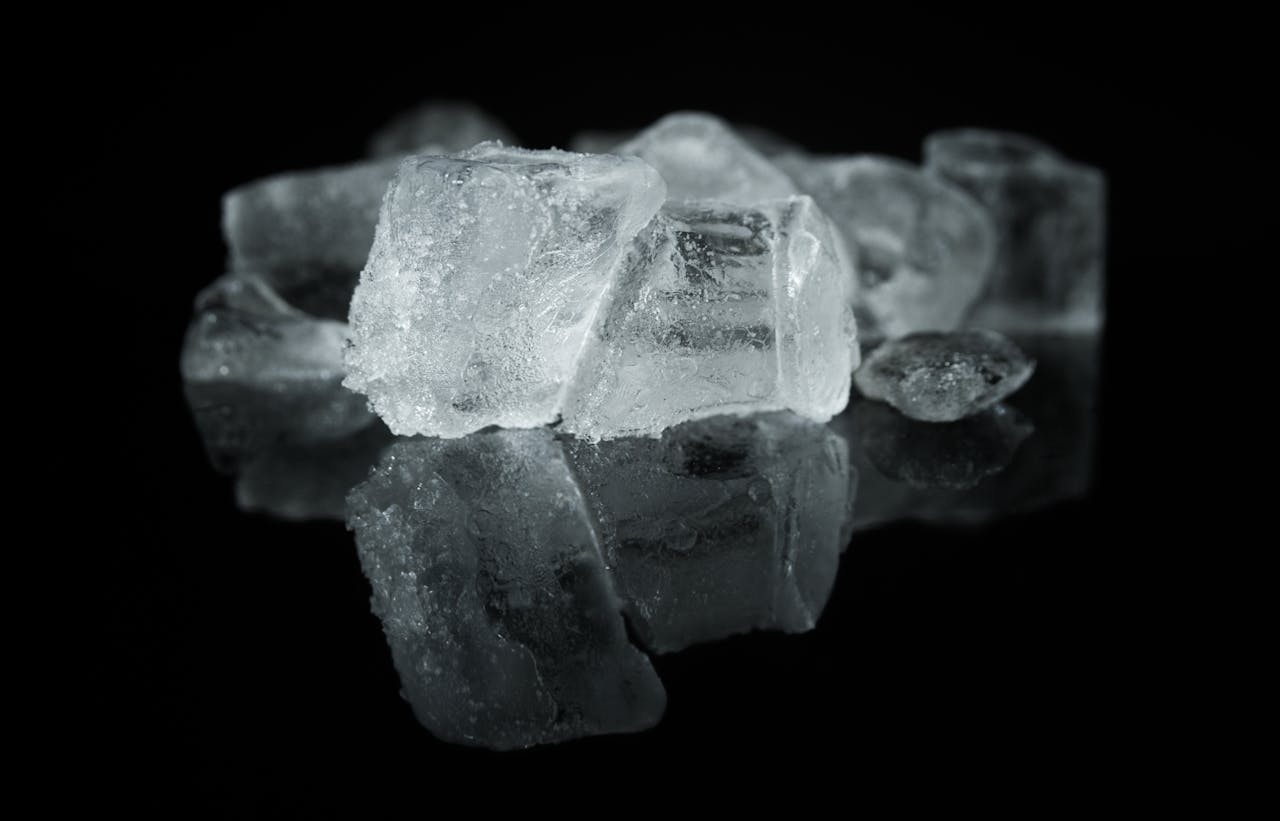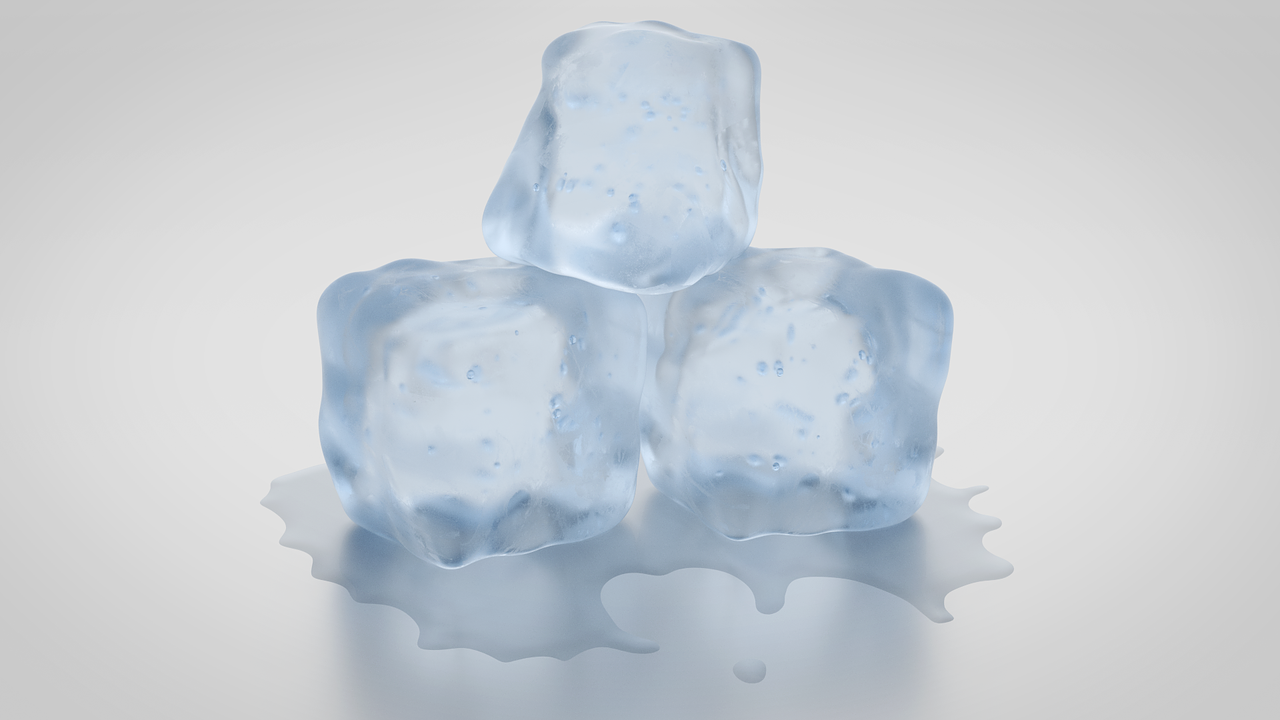The stovetop is an indispensable appliance in the modern kitchen. Whether you are a casual cook or a gourmet chef, the stovetop is where much of the culinary magic happens. However, like any household appliance, stovetops can encounter problems that necessitate repair or replacement. Deciding whether to repair or replace your stovetop can be a daunting task, influenced by factors such as the nature and severity of the issue, the age and condition of the appliance, and cost considerations. This comprehensive guide aims to help you make an informed decision by exploring the common issues that affect stovetops, the factors to consider when choosing between repair and replacement, and the steps involved in both processes.

Understanding Common Stovetop Issues
Before deciding whether to repair or replace your stovetop, it is important to understand the common problems that can arise. These issues can vary depending on the type of stovetop you have—gas, electric, or induction—and can range from minor inconveniences to major malfunctions.
Gas Stovetops
Gas stovetops are favored for their precise temperature control and quick heat-up times. However, they can experience several specific issues:
- Ignition Problems: The burners may fail to ignite, which is often due to a faulty igniter, clogged burner ports, or issues with the gas supply.
- Weak Flame: A weak or uneven flame can result from clogged burners, an issue with the gas line, or problems with the regulator.
- Gas Odors: If you smell gas, it may indicate a gas leak, which is a serious safety hazard requiring immediate attention.
- Burner Not Heating: This can be caused by issues with the gas flow, a malfunctioning igniter, or a problem with the burner itself.
Electric Stovetops
Electric stovetops are known for their ease of use and consistent heating. Common issues include:
- Burner Not Heating: This can be due to a faulty burner element, a bad connection, or problems with the control switch.
- Inconsistent Heating: If the burner heats unevenly or intermittently, it might indicate an issue with the burner element or the wiring.
- Control Problems: The knobs or touch controls may become unresponsive, often due to a malfunctioning control board or a faulty switch.
- Cracked Glass Surface: For glass-top electric stoves, a cracked surface can pose safety hazards and affect performance.
Induction Stovetops
Induction stovetops use electromagnetic fields to heat pots and pans directly, offering precise and efficient cooking. Common issues include:
- Burner Not Heating: This can result from issues with the power supply, the induction coil, or the control board.
- Error Codes: Induction stovetops often display error codes to indicate problems, such as issues with the cookware, overheating, or sensor malfunctions.
- Cookware Compatibility: Induction stovetops require specific types of cookware. If the cookware is incompatible, the stove may not work correctly.
- Control Problems: Similar to electric stovetops, the touch controls may fail, often due to a faulty control board or sensors.
Factors to Consider When Deciding Between Repair and Replacement
When faced with a malfunctioning stovetop, several factors should be considered to determine whether repair or replacement is the best course of action.
Age of the Stovetop
The age of your stovetop is a crucial factor in this decision. Most stovetops have a lifespan of 10-15 years. If your appliance is nearing the end of its expected life, replacement might be more cost-effective in the long run. Conversely, if the stovetop is relatively new, repair is often the better option.
Severity of the Issue
The nature and severity of the problem play a significant role in the decision-making process. Minor issues, such as a faulty burner or control knob, are typically easy and inexpensive to repair. However, severe problems, such as a cracked glass surface on an electric stove or a significant gas leak in a gas stove, might warrant replacement, especially if the cost of repair is high.
Cost of Repair vs. Replacement
Comparing the cost of repair to the cost of a new stovetop is essential. Obtain quotes from reputable repair services and compare them to the price of a new appliance. As a general rule, if the repair cost exceeds 50% of the cost of a new stovetop, replacement is usually the more economical choice.
Availability of Parts
For older or less common stovetop models, finding replacement parts can be challenging and expensive. If parts are no longer available or difficult to source, replacement might be the only viable option.
Energy Efficiency
Newer stovetops tend to be more energy-efficient than older models. If your current stovetop is significantly less efficient, replacing it with a modern, energy-efficient model can result in long-term savings on your energy bills.
Warranty Considerations
Check whether your stovetop is still under warranty. If it is, repairs may be covered, reducing or eliminating the cost. However, tampering with the appliance or using unauthorized repair services can void the warranty.
Environmental Impact
Consider the environmental impact of your decision. Repairing an existing appliance is generally more environmentally friendly than replacing it, as it reduces waste and the demand for new resources. However, if the old appliance is highly inefficient, replacing it with an energy-efficient model can be better for the environment in the long term.
Steps Involved in Stovetop Repair
If you decide to repair your stovetop, it is essential to understand the steps involved in the process to ensure a successful outcome.
Diagnosing the Problem
The first step in any repair process is diagnosing the issue. For some problems, such as a non-heating burner or control issues, the cause may be evident. However, for more complex issues, professional diagnosis is recommended. Experienced technicians have the tools and expertise to identify the root cause of the problem accurately.
Finding a Reputable Repair Service
Choosing a reliable and experienced repair service is crucial. Look for companies with positive reviews, proper licensing, and certified technicians. Obtain multiple quotes to compare prices and services offered. Ensure the service provides a warranty on their work and uses genuine replacement parts.
Repair Process
Once the problem is diagnosed, and you have chosen a repair service, the technician will carry out the necessary repairs. This may involve replacing faulty components, such as burners, igniters, or control boards, or addressing wiring issues. The repair process can vary in duration, depending on the complexity of the problem and the availability of parts.
Testing and Quality Assurance
After the repairs are completed, the technician should test the stovetop to ensure it is functioning correctly. They should also provide you with a detailed report of the work done and any parts replaced. It is important to verify that the stovetop operates as expected before the technician leaves.
Preventative Maintenance
To prolong the life of your repaired stovetop, consider implementing regular maintenance practices. This includes cleaning the burners and control knobs, checking for gas leaks, and inspecting electrical connections. Preventative maintenance can help prevent future issues and ensure your stovetop operates efficiently.
Steps Involved in Stovetop Replacement
If replacement is the best option, understanding the steps involved can help ensure a smooth transition to your new appliance.
Assessing Your Needs
Before purchasing a new stovetop, assess your cooking needs and preferences. Consider factors such as the type of stovetop (gas, electric, or induction), the number of burners, and any additional features, such as touch controls or built-in grills. Research different models and read reviews to find an appliance that meets your requirements.
Measuring and Preparing the Installation Area
Accurate measurements of the installation area are essential to ensure the new stovetop fits properly. Measure the width, depth, and height of the existing cutout in your countertop. If you are switching from one type of stovetop to another (e.g., from electric to gas), additional modifications to the installation area may be required.
Purchasing the New Stovetop
Once you have selected a model, purchase it from a reputable retailer. Consider factors such as warranty coverage, return policy, and delivery options. Some retailers offer professional installation services, which can simplify the process.
Removing the Old Stovetop
The first step in the replacement process is removing the old stovetop. If you are comfortable doing this yourself, ensure you follow safety precautions, such as disconnecting the power supply for electric stovetops or shutting off the gas supply for gas stovetops. If you are unsure, it is best to hire a professional to avoid any risks.
Installing the New Stovetop
Installation involves placing the new stovetop in the cutout, securing it in place, and connecting it to the power or gas supply. For electric and induction stovetops, ensure the electrical connections are correctly made, and for gas stovetops, check for any gas leaks. If you are not experienced with appliance installation, hiring a professional is recommended to ensure a safe and proper installation.
Testing and Final Adjustments
After installation, test the new stovetop to ensure all burners and controls function correctly. Make any necessary adjustments to ensure optimal performance. Read the user manual to familiarize yourself with the new appliance’s features and maintenance requirements.
Disposal of the Old Stovetop
Proper disposal of the old stovetop is important for environmental reasons. Many retailers offer appliance recycling programs or can arrange for the old appliance to be picked up and recycled. Alternatively, you can contact your local waste management service for information on how to dispose of the old stovetop responsibly.
Cost Comparison: Repair vs. Replacement
Understanding the cost implications of repair versus replacement is critical in making an informed decision.
Cost of Repair
The cost of repairing a stovetop can vary widely depending on the nature of the issue and the type of stovetop. Minor repairs, such as replacing a burner or control knob, can be relatively inexpensive, ranging from $50 to $150. More complex repairs, such as fixing a faulty control board or addressing gas leaks, can cost between $200 and $500 or more.
Cost of Replacement
The cost of a new stovetop also varies depending on the type and features. Basic electric stovetops can cost as little as $200 to $400, while high-end models with advanced features can exceed $1,000. Gas stovetops typically range from $300 to $800, with premium models costing more. Induction stovetops are generally more expensive, ranging from $500 to $2,000 or more.
Installation Costs
In addition to the cost of the appliance, consider the installation costs. Professional installation can cost between $100 and $300, depending on the complexity of the installation and any modifications required. Some retailers include installation in the purchase price, so inquire about this when buying a new stovetop.
Long-Term Savings
When evaluating costs, consider the long-term savings of each option. A new, energy-efficient stovetop can reduce your energy bills, while a repaired stovetop may require additional repairs in the future. Factor in the potential savings on energy and repair costs over the appliance’s lifespan.
Safety Considerations
Safety is paramount when dealing with stovetop repairs or replacement. Both options come with their own safety considerations.
Repair Safety
When repairing a stovetop, ensure you follow safety guidelines to prevent accidents. For gas stovetops, always check for gas leaks after repairs and ensure proper ventilation. For electric and induction stovetops, ensure the power supply is disconnected before performing any repairs. If you are not confident in your ability to safely repair the appliance, hire a professional.
Replacement Safety
Replacing a stovetop involves several safety considerations, particularly if you are switching from one type to another. For gas stovetops, ensure proper installation of the gas line and check for leaks. For electric and induction stovetops, ensure proper electrical connections. Always follow the manufacturer’s installation guidelines and consider hiring a professional to ensure a safe installation.
Disposal Safety
Proper disposal of the old stovetop is also important for safety and environmental reasons. Many components of a stovetop, such as electronic parts and gas lines, require special handling. Use authorized recycling programs or disposal services to ensure safe and responsible disposal.
Conclusion
Deciding whether to repair or replace your stovetop involves careful consideration of several factors, including the age and condition of the appliance, the severity of the issue, cost implications, and safety considerations. By understanding the common issues that can affect stovetops and weighing the pros and cons of each option, you can make an informed decision that best suits your needs and ensures the continued functionality of your kitchen.
Whether you opt for repair or replacement, prioritizing safety, quality, and reliability is essential. Regular maintenance and timely attention to issues can prolong the life of your stovetop and enhance your cooking experience. With the right approach, you can keep your kitchen running smoothly and enjoy the benefits of a well-functioning stovetop for years to come.
Zuta Appliance Repair: Revitalizing Berkeley Kitchens with Premier Stovetop Repair Services
In the bustling atmosphere of Berkeley, CA, where the fast pace of life demands reliability, Zuta Appliance Repair is your essential partner for a smoothly running kitchen. We understand the vital role your stovetop plays in preparing meals and optimizing cooking efficiency. Dedicated to exceptional stovetop maintenance and repair services, we provide more than just a service – we offer a commitment to quality, integrity, and environmental responsibility, enhancing your home’s functionality and your overall quality of life. Our specialized repair services rejuvenate your appliance, extend its lifespan, and reduce energy bills.
Solve a wide range of stovetop issues with Zuta Appliance Repair. Our skilled team, equipped with expertise and a friendly demeanor, ensures your stovetop needs are met with efficient and eco-friendly solutions. This isn’t just about repairs; it’s about peace of mind with a perfectly functioning kitchen, making Zuta Appliance Repair an essential choice for every Berkeley homeowner. Enhance your kitchen’s efficiency and protect your home from premature wear and tear. Contact us at (415) 592-4633 and let Zuta Appliance Repair extend the life of your stovetop, ensuring it remains a central part of your daily life with convenience, efficiency, and peace of mind.
Disclaimer
The materials available on this website are for informational and entertainment purposes only and not to provide legal or professional advice. You should contact your attorney or home improvement specialist to obtain advice concerning any particular issue or problem. You should not act or refrain from acting based on any content included in this site without seeking legal or other professional advice. The information presented on this website may not reflect the most current home improvement developments. No action should be taken in reliance on the information on this website. We disclaim all liability concerning actions taken or not taken based on any or all of the contents of this site to the fullest extent permitted by law.






